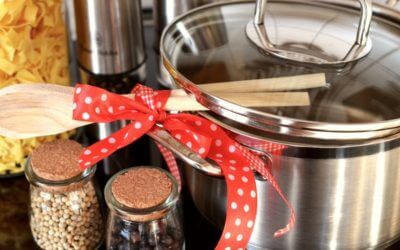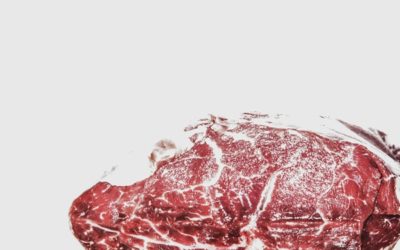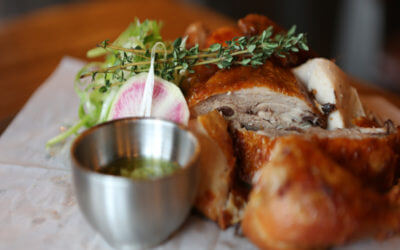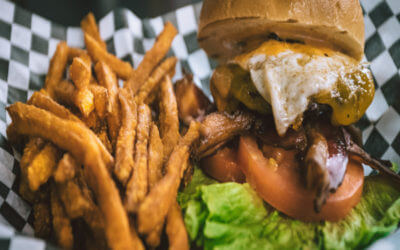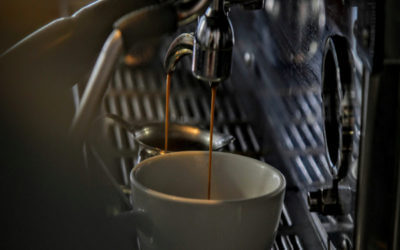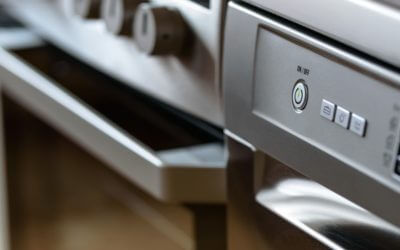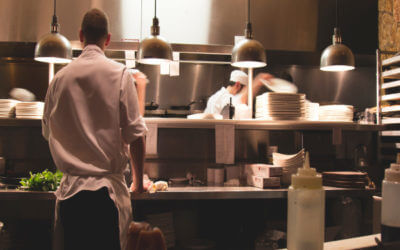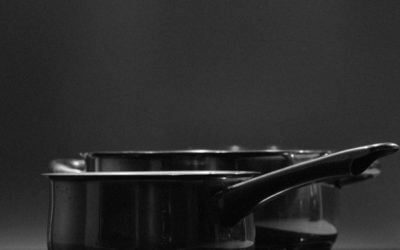Equipment Buying Tips for Restaurant Owners
June 1, 2017If you own a restaurant or you’re starting a new one, you will need the right equipment.
It is important to choose quality equipment that will not only get the job done well but also cost you less in the long run. However, it can be hard to know where to start. Here are some factors you should consider when making your next purchase.
- Check for the NSF logo
Before purchasing any restaurant equipment, check for the blue NSF logo. This logo verifies that the restaurant equipment you are purchasing is suitable for use inside your restaurant. Products with this logo have been thoroughly inspected to ensure food safety. Buying certified equipment is an important step towards ensuring your food is safe for your valued customers.
- Buy only what you need
Many restaurant owners spend money on products they don’t really need. Evaluate the need for your equipment, and talk to your staff to check if they see any potential problems in using it. Don’t blow your budget on products that you don’t need or your employees won’t use.
- Understand the warranty
The equipment you purchase will most likely come with some kind of warranty. However, it is your responsibility to understand what the warranty covers. A good warranty can save you a considerable amount of money if the equipment breaks down.
Ask about product warranties before you buy them. If there is an option to purchase an extended warranty, it is worth considering, especially for big-ticket items. This can prevent financial problems down the road in the case of equipment malfunction.
- Consider your utility hookups
Before you purchase equipment, don’t forget to check that you have the necessary utility outlets. This can include water, gas and electrical outlets. Know the electrical circuits in your kitchen and the electrical load they can handle. Ensure the equipment you purchase will not break the circuits. The last thing you need is a power outage in your kitchen!
- Calculate long-term expenses
Last but not least, you should evaluate the long-term expenses associated with the restaurant equipment you purchase. Consider the cost of the power it will take to run the equipment. A more energy-efficient machine is often less expensive in the long run, even if you have to pay a bit extra up front.
Another thing to think about is how your expenses will vary through time. During the summer months, your coolers and ice machines will need to work harder in order to stay cool. The quality of a piece of equipment also affects expenses down the road. A lower quality item will break down earlier, causing repair and replacement costs.
Of course, your budget also factors into the equation. If you don’t have much money right now but anticipate getting more business in the future, it might be better to save money now and pay more later, just so that you stay within your current budget. Analyze the costs and your financial situation to make the best choice for your restaurant.
What’s in a Cooking Pot, How to Choose the Right One?
As a restaurant owner, your cooking needs might vary. Did you know that a good quality pot can greatly improve your cooking experience, while also improving the quality of your cooking? This cooking equipment is a very important one that cannot be done away with...
5 Different Ice Shapes and Why You Should Care About Them
Ice makers are very popular in the restaurant and foodservice community because they eliminate the need to buy ice every day. And of course, adding an ice maker to your collection of foodservice equipment means you will always have ice on hand when you need it. An...
How to Choose Your Next Commercial Meat Smoker
The movies that connect with us on a personal level are the ones that linger in our memories forever. Anyone who has used a commercial meat smoker knows that they have a huge influence on the taste of a meal. You need to have just the right kitchen equipment to get a...
Tipton’s Guide to Perfect Poultry Trussing
Do you ever truss birds in your commercial kitchen? Trussing is a fantastic cooking technique because it makes poultry cook faster, look more attractive and taste better. If your commercial kitchen prepares poultry, you don’t want to miss these trussing tips. Trussing...
5 Reasons a Meat Grinder Will Set Your Burgers Apart
The more you do to prepare your foods in-house with the right kitchen equipment, the fresher and more flavorful your dishes become. There are all sorts of restaurants offering fast-food style burgers, but some diners are looking for the real deal. A fresh, juicy...
5 Things Every Restaurant Owner Should Do Before Buying Used Kitchen Equipment
Equipping your restaurant properly can cost a lot of money, so buying used kitchen equipment is the go-to choice for many restaurateurs. Buying used kitchen equipment for a restaurant is a bit different than buying used equipment for your home, however. You will...
Pulping and Grinding: A Starter’s Guide to Reducing Commercial Food Waste Costs
For most restaurant owners and managers, the expenses involved in making meals are always under careful consideration. Water is needed to prepare, cook and wash food; power is necessary for food prep, cooking and cooling, and so on. However, how many of us consider...
Are High Speed Ovens Too Good to be True?
You might have heard a few of the bold claims that foodservice equipment manufacturers have been making about high speed ovens, but they can’t be possible, right? Cooking three times as faster as regular ovens? Five times as fast? Fifteen times as fast? It may seem...
How to Eliminate Excess Condensation in Your Kitchen
Is your commercial kitchen getting steamy? If so, you could have more than just an uncomfortable working environment on your hands. Excess moisture in your commercial kitchen can result in the corrosion of equipment, the development of mold, and even damage to your...
Pest Preventions to Implement in Your Commercial Kitchen
Restaurant pests: it’s something that few people want to think about. Like it or not, pest management is an essential consideration for every commercial kitchen. Offering food, shelter and water, the unprepared commercial kitchen naturally provides everything pests...
Top Restaurant Technology Trends in 2018
When looking to buy restaurant supplies, you want to be on the leading edge of technology trends. This will keep your kitchen running smoothly. Let’s take a look at some of the most recent trends in restaurant supplies technology. 1. New Payment Options Who would...
Choosing the Right Milk Cooler: Cold Wall or Forced Air?
In a restaurant, milk is an essential to have on hand for coffee and other café-style beverages, for serving with kids’ meals, and as a key ingredient in many recipes. Keeping your milk properly chilled can be difficult without the proper restaurant equipment....
Choosing the Right Food Storage Containers for Your Restaurant
Choosing the right kitchen supplies will make a difference in your restaurant. Whether it is heavy duty kitchen equipment or food storage containers, each piece of equipment plays its own important role. Today, we are going to talk about how to choose the right food...
The DIY Guide to Your Restaurant’s Own Garden
Stocking your restaurant supply with your own home-grown herbs and produce can truly bring your dishes to life. When it comes to food, everyone knows there’s nothing like homemade and home-grown. Having your own culinary garden, however large or small, can help you...
Choosing the Right Material for Your Cooking Equipment
Kitchens are very unique to their chef. Just like a car mechanic has a toolbox unique to them, so is the cooking equipment in a kitchen. And over time, the same cooking equipment become a natural extension of the chef. What tools are you using in your kitchen? It...

